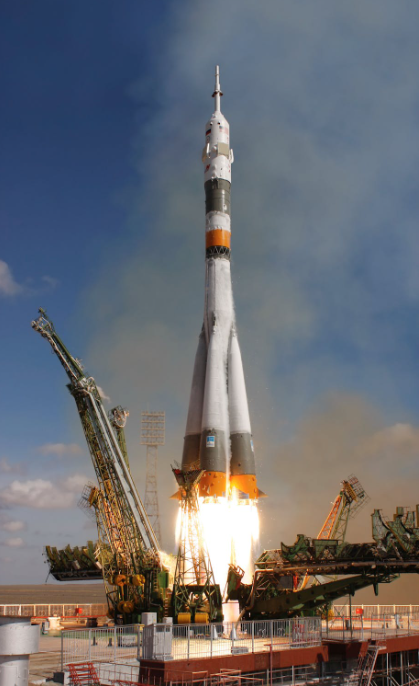
The astrodynamics principles.
Astrodynamics, also known as orbital mechanics, is the field of science and engineering that studies the motion of objects in space under the influence of gravitational forces. It is fundamental for planning space missions, designing satellite orbits, and understanding the dynamics of celestial bodies in the universe.
In this article, we will explore the basic principles of astrodynamics, highlighting its relevance and applications in the modern space era.
What Is Astrodynamics?
Astrodynamics is the study of the motion of objects in space, such as satellites, spacecraft, and asteroids, based on the laws of physics. It is a multidisciplinary field that combines concepts from mathematics, physics, and engineering to model and predict trajectories in the cosmos.
Key Physical Laws
- Newton’s Law of Universal Gravitation: Determines the gravitational attraction between two bodies. This force is essential for keeping objects in orbit.
- Kepler’s Laws: Describe the characteristics of planetary orbits, such as ellipticity and orbital velocity.
These laws provide the mathematical foundation for calculating trajectories and orbital maneuvers.
Orbital Elements
Describing an orbit requires defining certain parameters, known as orbital elements:
- Semi-Major Axis (a): Determines the size of the orbit.
- Eccentricity (e): Measures the “ovalness” of the orbit (0 for circular orbits and values close to 1 for elliptical ones).
- Inclination (i): The angle between the orbit and the equatorial plane.
- Longitude of the Ascending Node (Ω): Defines the orientation of the orbit in space.
- Argument of Periapsis (ω): Locates the point closest to the central body.
- True Anomaly (ν): Defines the position of the body in the orbit at a specific moment.
These elements allow for the mathematical representation of the orbit of any object in space.

Source of the Image: ESA in: https://www.esa.int/ESA_Multimedia/Images
Practical Applications of Astrodynamics
1. Communication Satellites
Geostationary satellites remain fixed relative to a point on Earth, ensuring TV broadcasts, internet, and global telecommunications. This is made possible through detailed orbital planning based on astrodynamics.
2. Interplanetary Space Missions
Missions like Voyager or explorations to Mars rely on well-calculated orbital transfers, such as the Hohmann transfer, to minimize fuel consumption and maximize efficiency.
3. Orbital Maneuvers
Corrections and adjustments are performed to ensure the safety and efficiency of satellites, avoiding collisions or undesired changes in their trajectories.
Challenges and Future of Astrodynamics
With the increase in satellites and the growing complexity of space missions, astrodynamics faces new challenges, such as:
- Orbital Traffic Management: Preventing collisions between satellites and space debris.
- Sustainable Space Exploration: Planning missions to explore the solar system without harming celestial bodies or near-Earth space.
- Advanced Propulsion: Developing new technologies for greater reach and flexibility in space travel.
With advancements in technology and increasing interest in interplanetary missions, astrodynamics will remain a critical area for exploring the universe.
Conclusion
Astrodynamics is a fascinating and essential science that enables understanding and navigating space. From satellites orbiting Earth to spacecraft exploring distant planets, it lies at the heart of the modern space age. With the advancement of science and technology, new horizons are opening for understanding and utilizing the cosmos.
Did you enjoy learning about the fundamentals of astrodynamics? Share this article and continue exploring the mysteries of space with us!